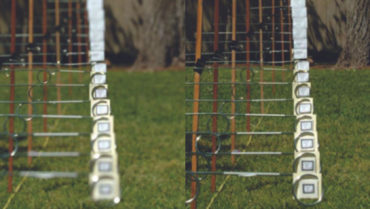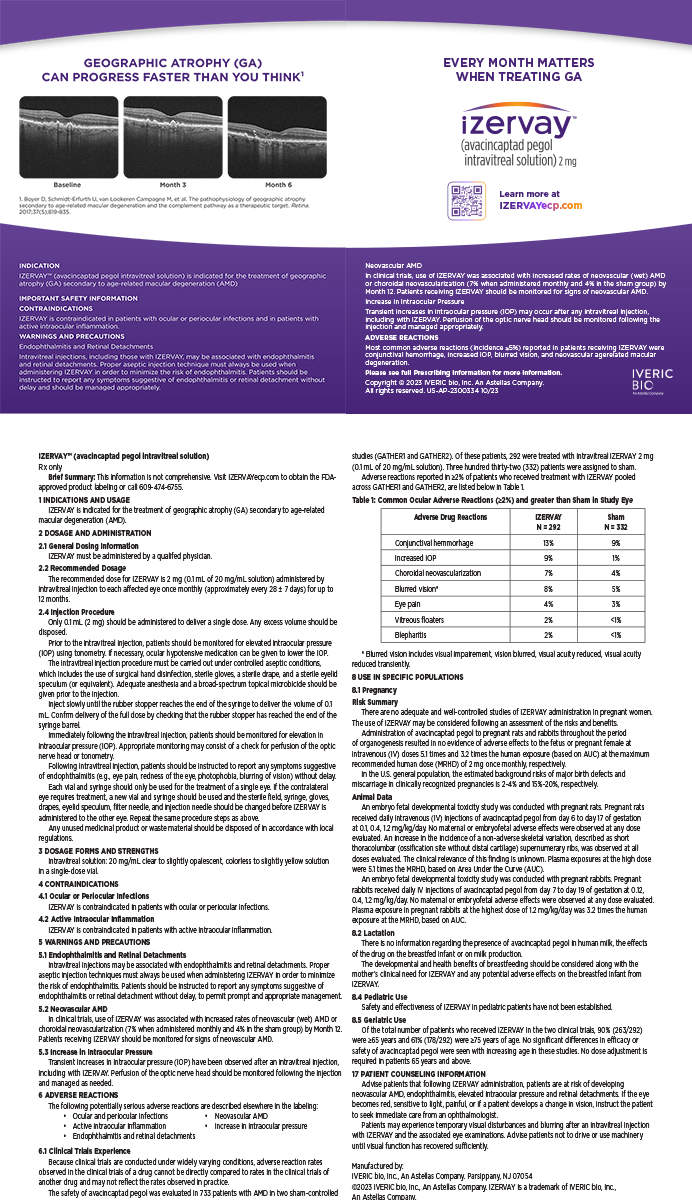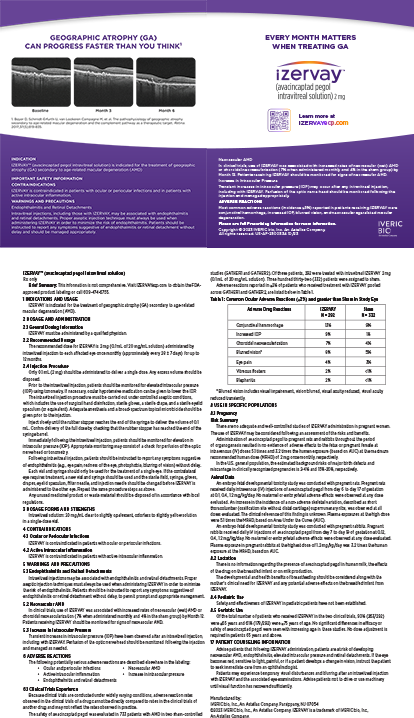
It’s amazing to see the ebb and flow of innovation—how simple ideas can take hold and evolve over time. Sometimes, an innovative idea stalls and is eventually forgotten. Other times, a stalled idea gives rise to an alternative path forward, and the cycle of innovation continues.
The IOL space has surged forward with new technologies. Trifocal, light adjustable, segmented bifocal, and extended depth of focus IOLs all emerged relatively recently. More new lens technologies seem to have become available in the past few years than in the previous decade.
The IC-8 Apthera (AcuFocus), a small-aperture IOL that recently received FDA approval, is just one example of an innovative concept that evolved over time. The pathway of small-aperture lens technology is amazing to consider. More than 10 years ago, Jack T. Holladay, MD, MSEE, FACS, was experimenting in his backyard with a camera and visual targets set at fixed distances. He demonstrated how a 4-mm aperture provided a limited depth of focus (Figure 1) whereas a 1.6-mm aperture provided a depth of focus of up to 3.00 D (Figure 2). His observation sparked the innovation that eventually became the Kamra small-aperture corneal inlay (AcuFocus). Corneal inlays did not take hold of the market for numerous reasons, but we learned valuable information about small-aperture optics along the way.

Figure 1. Photograph taken with a large aperture equivalent to that of a monofocal IOL in an eye with a 4-mm pupil.

Figure 2. Photograph taken with a small aperture equivalent to that of an IOL in an eye with a 1.6-mm pupil and 3.00 D of continuous depth of focus.
Figures courtesy of Jack T. Holladay, MD, MSEE, FACS
Early corneal inlays helped demonstrate how to use optics to maximize range of vision. For example, instead of plano, the refraction for intermediate vision must be set at around -0.75 D for small-aperture optics to produce a defocus curve that improves distance and near vision. This was one of the hurdles with corneal inlays. Most patients did not present with a -0.75 D refraction, so they could not achieve their full visual potential with an inlay unless they also underwent a LASIK procedure. When the same optical principles are applied to an IOL, the refraction can be set in the base monofocal lens, and the embedded small aperture can be used to expand depth of focus.
Innovation can continue long after a product enters the market. We physicians tend to find off-label uses or unique applications for products that broaden their value. This is likely to occur with the IC-8 Apthera. For example, some surgeons report its benefits for eyes with fluctuating or irregular astigmatism such as those with a history of radial keratotomy. In theory, the small aperture can block irregular, unfocused rays of light and allow a clearer image to pass to the retina in these eyes.
The initial work by Jack not only helped spark aperture-optic surgical intervention but may also have provided motivation to explore aperture optics through a nonsurgical intervention like presbyopia eye drops, including pilocarpine HCl ophthalmic solution 1.25% (Vuity, AbbVie/Allergan) and hopefully others soon to follow. Small-aperture technology is merely one example of how industry, in collaboration with physicians, moves technology forward to improve patient care.
Innovation in IOL design is abundant. Future advances in this space should allow us to provide solutions that are increasingly customized to our patients’ needs—even those with challenging optical systems.




